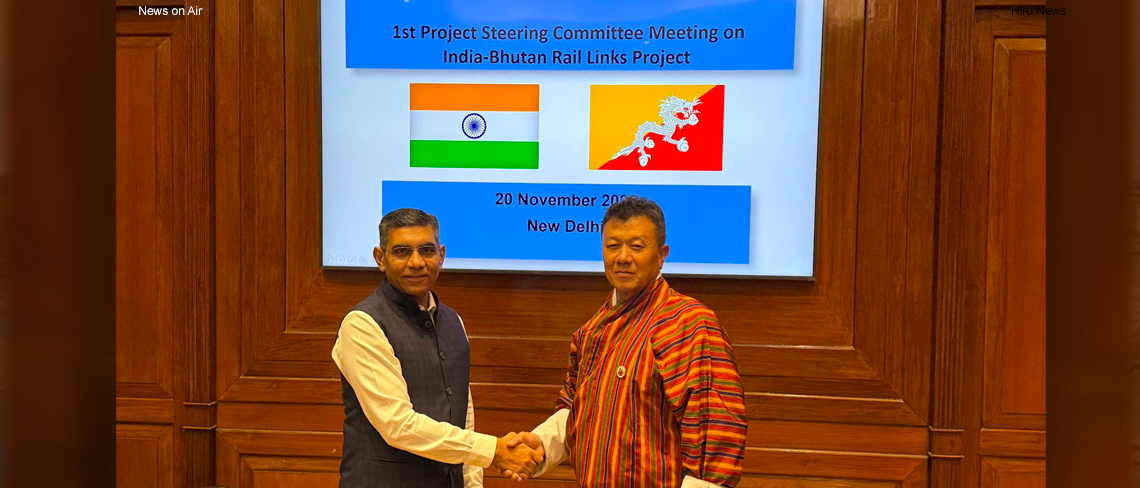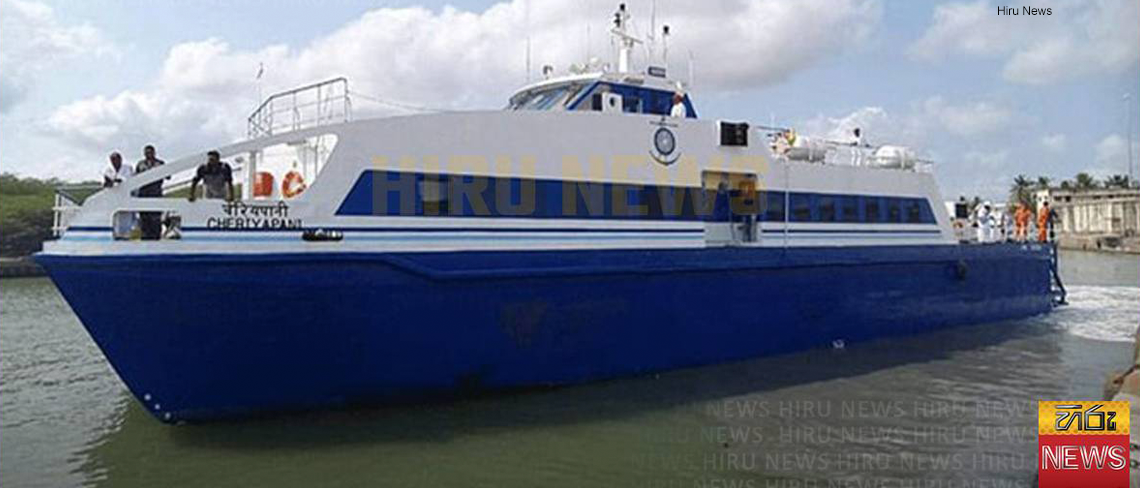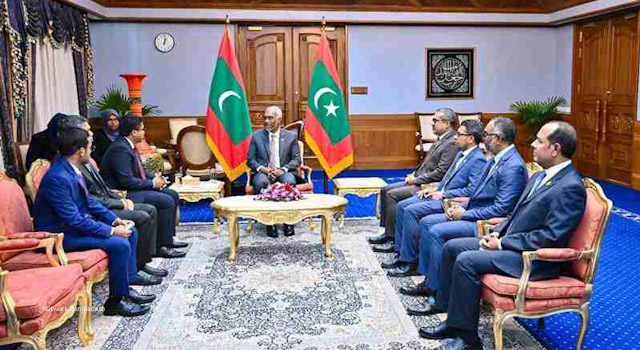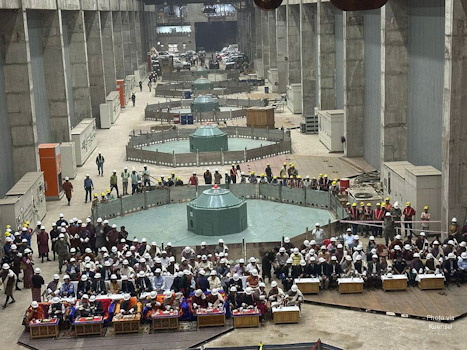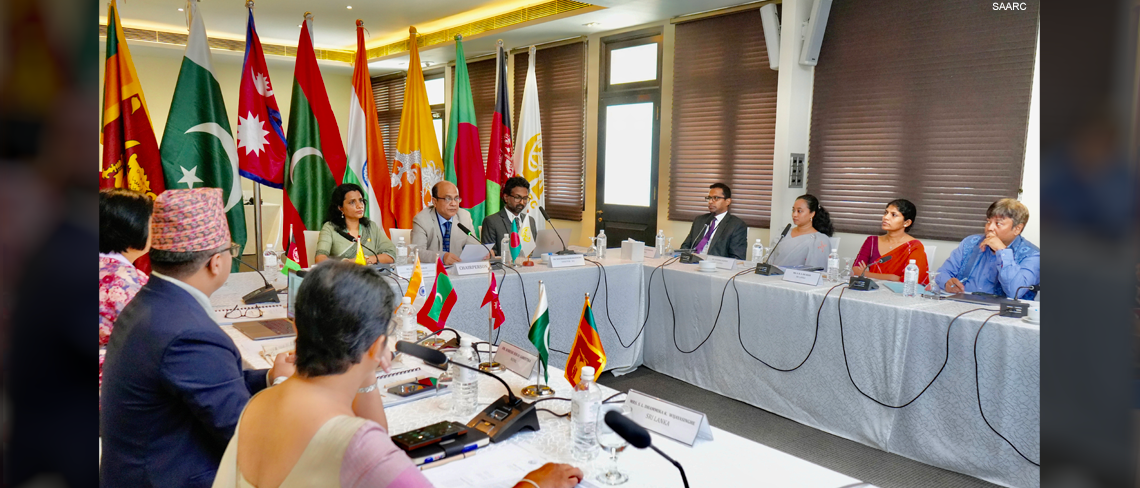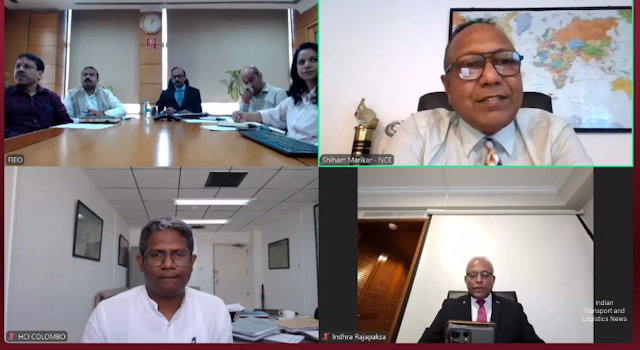
Launch of Asian Economic Integration Monitor 2014
18 November 2014
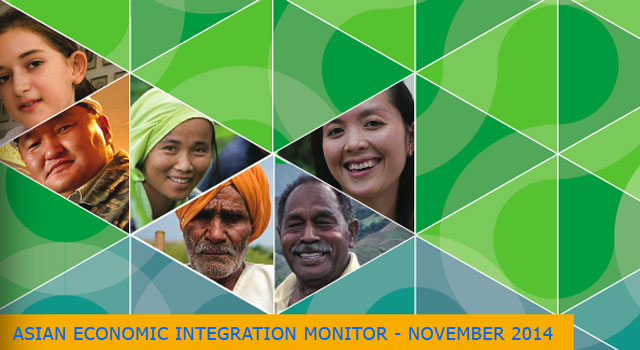
The Asian Development Bank launched the latest Asian Economic Integration Monitor (AEIM) on 18 November 2014 in Manila, Philippines. AEIM is a semiannual review of Asia’s regional economic cooperation and integration, including the Pacific and its subregions. This issue includes the Theme Chapter: Regional Financial Integration in Asia and Europe – A Comparative Analysis.
After the 1997-1998 Asian Financial Crisis, Asia’s growth in cross-border trade and investment led to better integration, harmonization of financial rules and regulations, and unilateral liberalization of trade and investments. To date, Asia’s integration has developed unevenly with countries in South Asia still lacking connectivity, yet keen to build links, particularly with East Asia.
AEIM highlights developing Asia’s resilient growth due to stronger domestic and regional demand with rising GDP growth in South Asia. Asia’s regional integration also continues to deepen as regional cooperation between governments continues to strengthen. Asia’s diversity further shows performance differences between subregions with stronger growth in Pacific (5.3%) and South Asia (5.4%), mostly driven by larger open economies such as India.
Within subregions, trade integration is lowest in South Asia (6%), Central Asia (7%), the Pacific and Oceana (7%) but their trade share with the rest of Asia is larger – and increasing. One-third of Central and South Asian trade is with other Asian economies. India has also expanded trade with East and Southeast Asia, extending production networks. Continued increase of intraregional migrant flows mostly for job opportunities from Central and South Asia to other Asian economies also helps spread risk and mitigate income shocks.
The theme chapter identifies the difference between Asia’s integration process and that of Europe: while Asia is focused on continued efforts to harmonize rules and regulations across economies with significant private sector activity, Europe follows a more institutional structure. Europe also seeks to strengthen regional institutions to ensure recovery while Asia’s approach to integration is to strengthen the national economy and manage the region’s diversity.
Related Links:
Asia Integration to Continue, Backed by Pragmatic Institutions, Regional Demand
Asia Economic Integration Monitor




